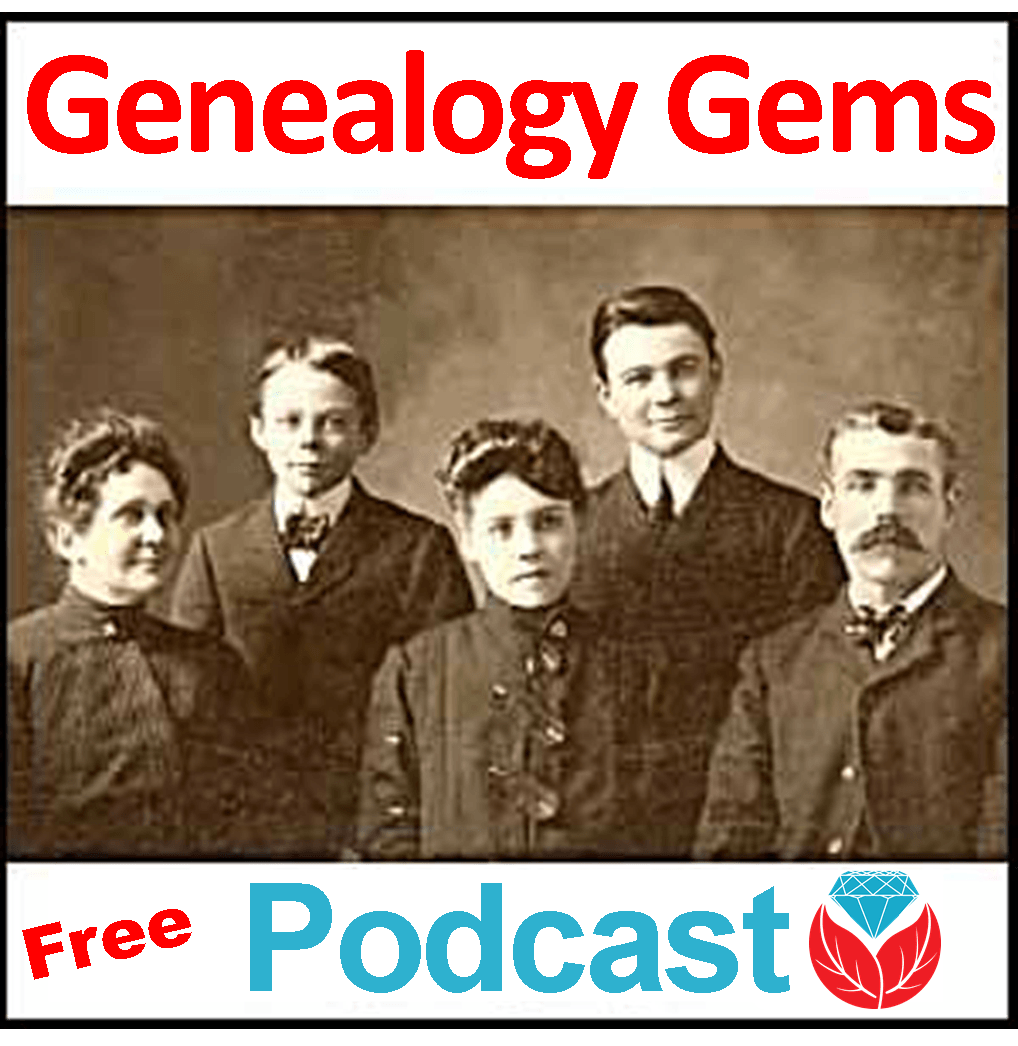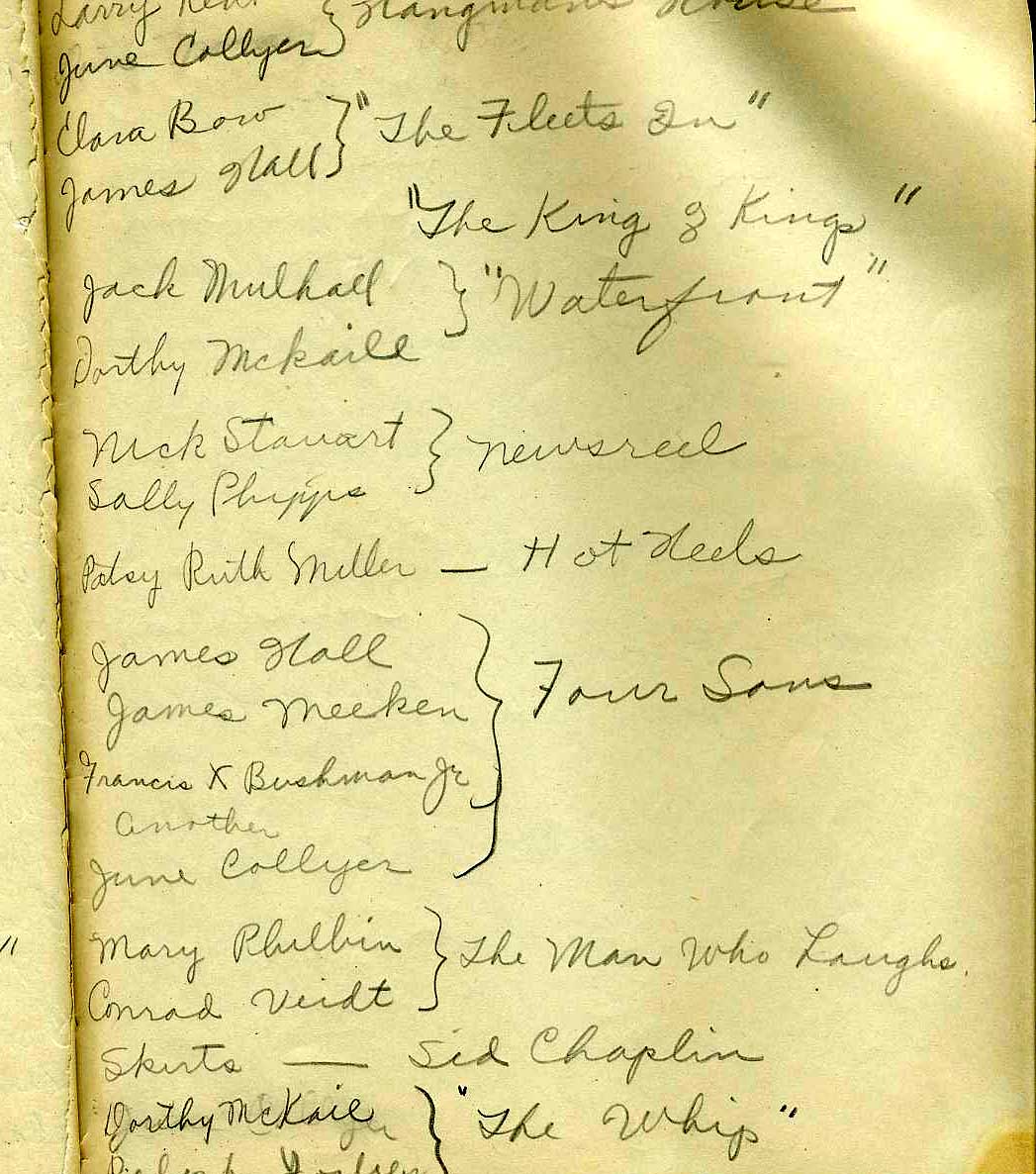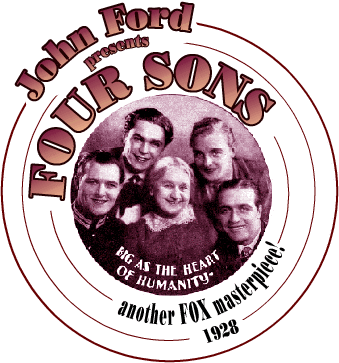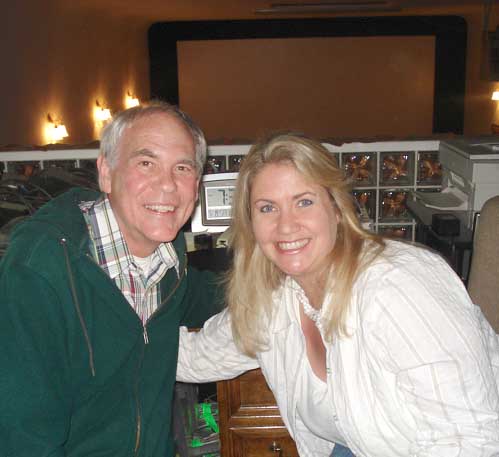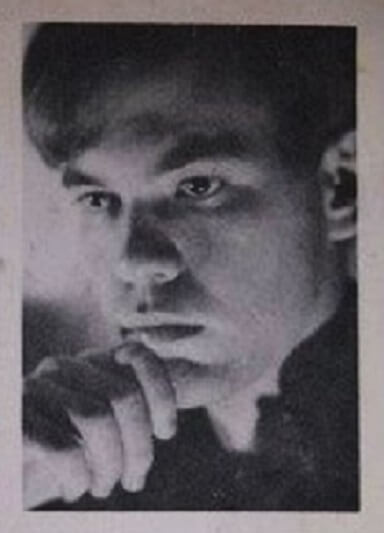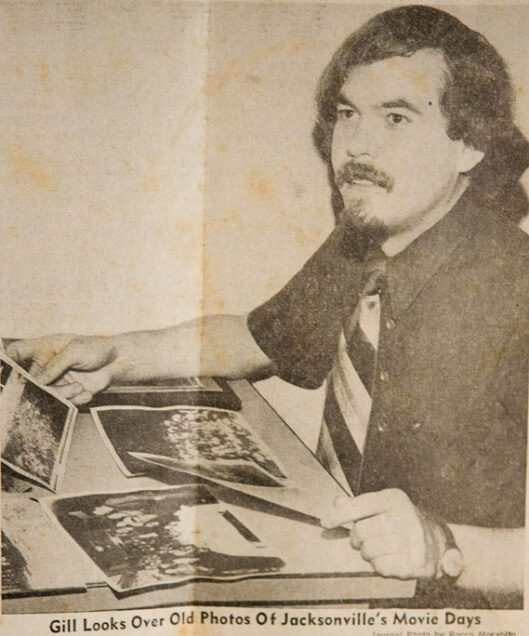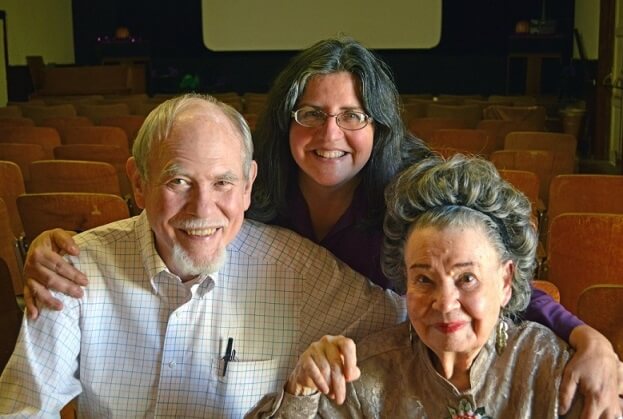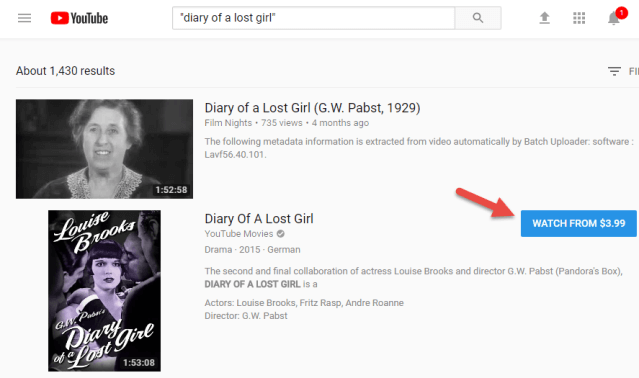Genealogy Gems Podcast Episode 227
Genealogy Gems Episode 227
This episode is all about the biggest announcements coming out of RootsTech 2019. Highlights include:
- All the major announcements from MyHeritage and Ancestry at RootsTech 2019
- Exclusive interview with MyHeritage DNA Product Manager Ran Snir about their newest genetic genealogy tools The Theory of Family Relativity™ and AutoClusters.
Please take our quick PODCAST SURVEY which will take less than 1 minute. Thank you!
News: Major Announcements Made at RootsTech 2019
Ancestry Announcements:
Historical records:
Ancestry just released over 5 million Mexico Catholic records and 1 million new France Census and Birth, Marriage, Death records and have several U.S. statewide projects underway, from New York to Hawaii. They also released US WWII Draft Cards from seven states. By early next year, the full set of WWII Draft Cards – all 33 million — will be exclusively available on Ancestry and Fold3.
DNA Tools:
MyTreeTags™:
“MyTreeTags™ allows you to add tags to people in your family tree to indicate whether your research on them is confirmed or verified, or to record personal details, like “never married.” You can also create your own custom tags to note that a person immigrated from Denmark or worked as a blacksmith. You can even use filters as you search your tree to see everyone with the same tag. MyTreeTags™ is one way we can help you save time and enrich your ancestor profile.” You can join the MyTreeTags™ and New & Improved DNA Matches beta at https://www.ancestry.com/BETA
New & Improved DNA Matches:
“We have redesigned the DNA Matches experience to help you make more discoveries, faster. Now you can easily sort, group and view your DNA Matches any way you’d like. New features include color coding and custom labeling offering you more control over how you group and view the matches, quicker identification of your newest matches and new ways to filter your matches.
ThruLines™:
“ThruLines™ shows you the common ancestors who likely connect you to your DNA Matches—and gives you a clear and simple view of how you’re all related. When you link your public or private searchable family tree to your AncestryDNA results, new chapters of your family story may be revealed. ThruLines™ will roll out gradually to all customers who qualify beginning today.”
MyHeritage Announcements:
AutoClusters
“A new genetic genealogy tool that groups together DNA Matches that likely descend from common ancestors in a compelling visual chart. This easy-to-use tool helps you explore your DNA Matches more efficiently in groups rather than as numerous individuals, and gain insights about branches in your family tree.”
DNA Quest Now Accepting Applications
“In March 2018 we launched DNA Quest, a pro bono initiative in which we pledged to donate 15,000 DNA kits to adoptees and those seeking to reunite with family members who were placed for adoption. Within a few months, all the DNA kits we allocated for this initiative were sent out. Applicants opened up to us to share their emotional stories of searching, their hopes for future reunions, and the sense of belonging they felt thanks to their participation in DNA Quest…Following the success of the initiative, we have decided now to extend DNA Quest and donate 5,000 additional MyHeritage DNA kits, for free, to eligible participants.”
Digitizing of Israeli Cemeteries Completed
MyHeritage has completed a 5-year project of digitizing every cemetery in Israel. It is now the first country in the world to have almost all of its gravestones preserved and searchable online, with images, locations, and fully transcribed records. They’ve put up all this content for free, too.
FamilySearch and MyHeritage Tree Sync
(LDS members only)
Geni GEDCOM Import
“We are pleased to announce the return of the GEDCOM Import feature to Geni! This has been one of the most requested features on Geni and we’re excited to finally make it available to everyone. GEDCOM is a standard file format used to save, transfer, and transport family tree information. Long-time users may recall that Geni previously allowed users to start a tree using their GEDCOM files, however we disabled this feature in 2011 to avoid duplication of profiles in the World Family Tree. Our new and improved importer has been rewritten to import a few generations at a time, continuing only on branches where there are no matches to existing profiles on Geni.”
“You can now import a GEDCOM file as a new tree, a new branch if you already have a tree, or onto any existing profile on which you have full permissions to edit and add onto. No longer will you need to endure the slow process of adding each individual one at a time to the tree. Now anyone can quickly add trees which didn’t exist before on Geni, saving you valuable time and allowing you to focus instead on new research.”
The Theory of Family Relativity™
“This unprecedented feature helps you make the most of your DNA Matches by incorporating genealogical information from all our collections of nearly 10 billion historical records and family tree profiles, to offer theories on how you and your DNA Matches might be related. If you’ve taken a MyHeritage DNA test or uploaded your DNA results to MyHeritage, this revolutionary technology may offer astounding new information on your family connections.”
GEM: Digging Deep into the Theory of Family Relativity™ with Ran Snir
Ran Snir is the product manager responsible for MyHeritage DNA products. He leads a really talented team of developers and engineers and designers to create and optimize DNA users entire journey. He led the development of the Chromosome browser for Shared DNA Segments feature at MyHeritage DNA, from concept to production and launch.
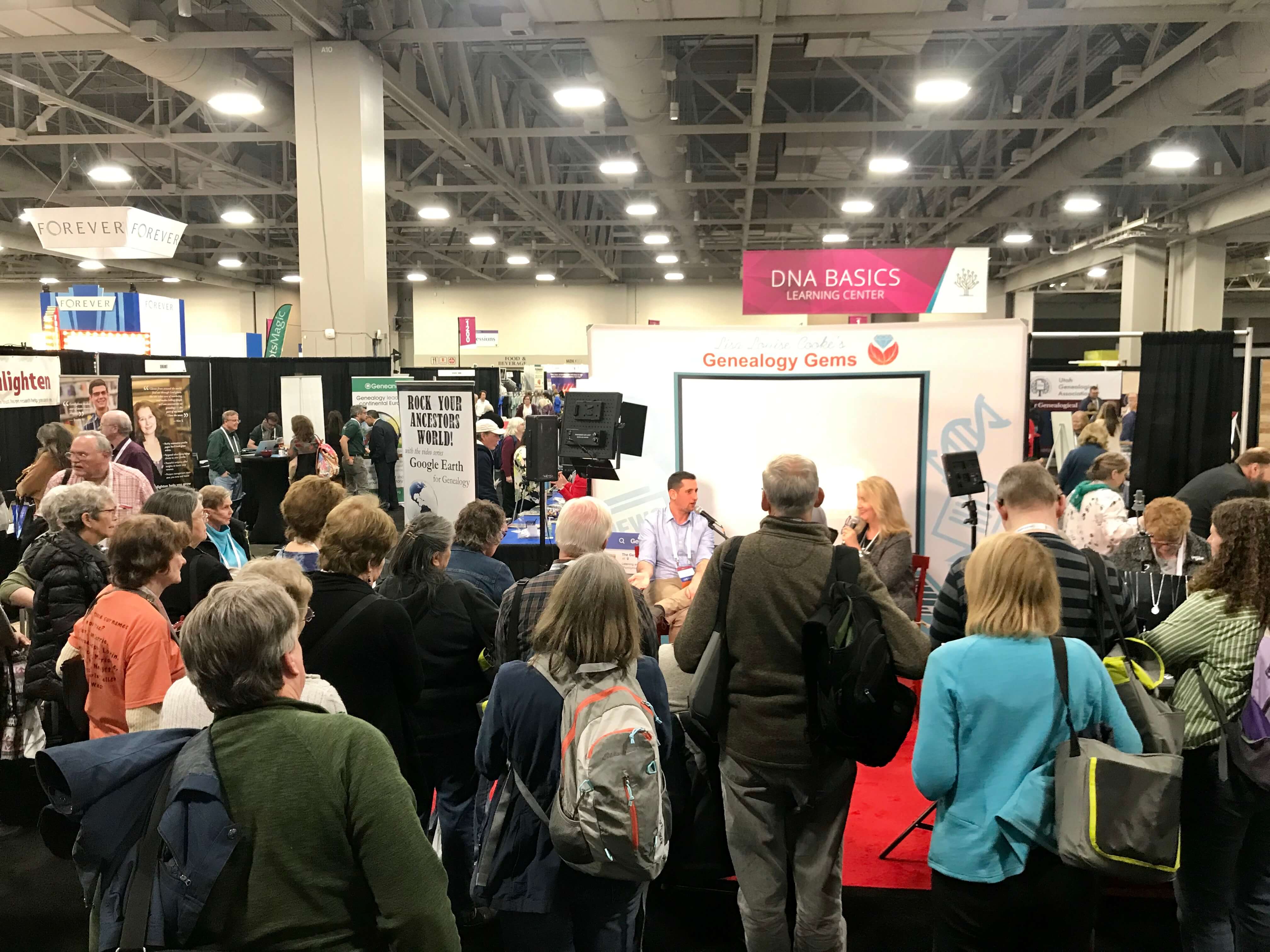
PRODUCTION CREDITS
Lisa Louise Cooke, Host and Producer
Bill Cooke, Audio Editor
Lacey Cooke, Service Manager
Disclosure: As an Amazon Associate, Genealogy Gems earns from qualifying purchases you make when clicking from the links we provide. It doesn’t cost you anything extra but it helps support our free blog and podcast. Thank you!



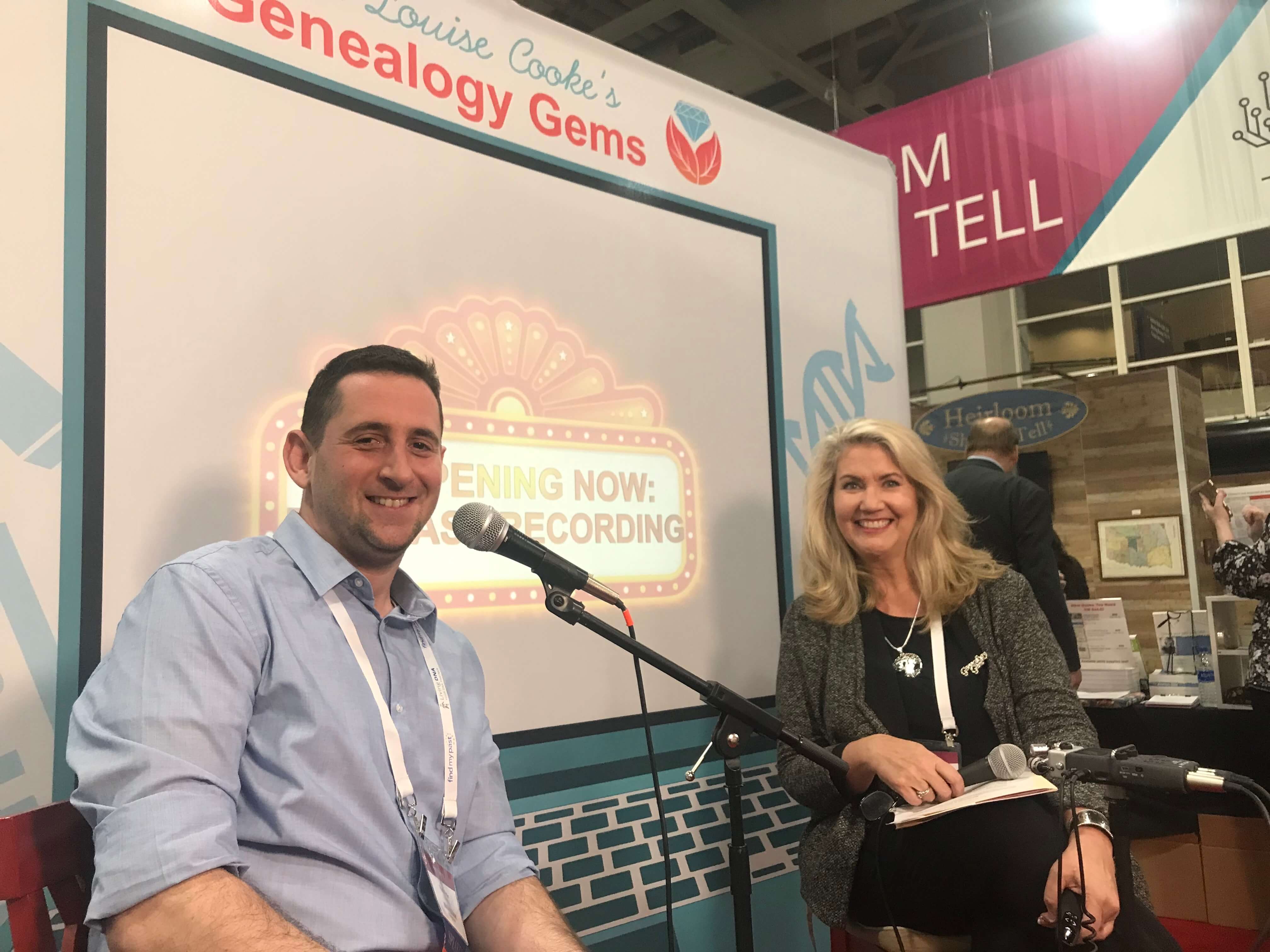
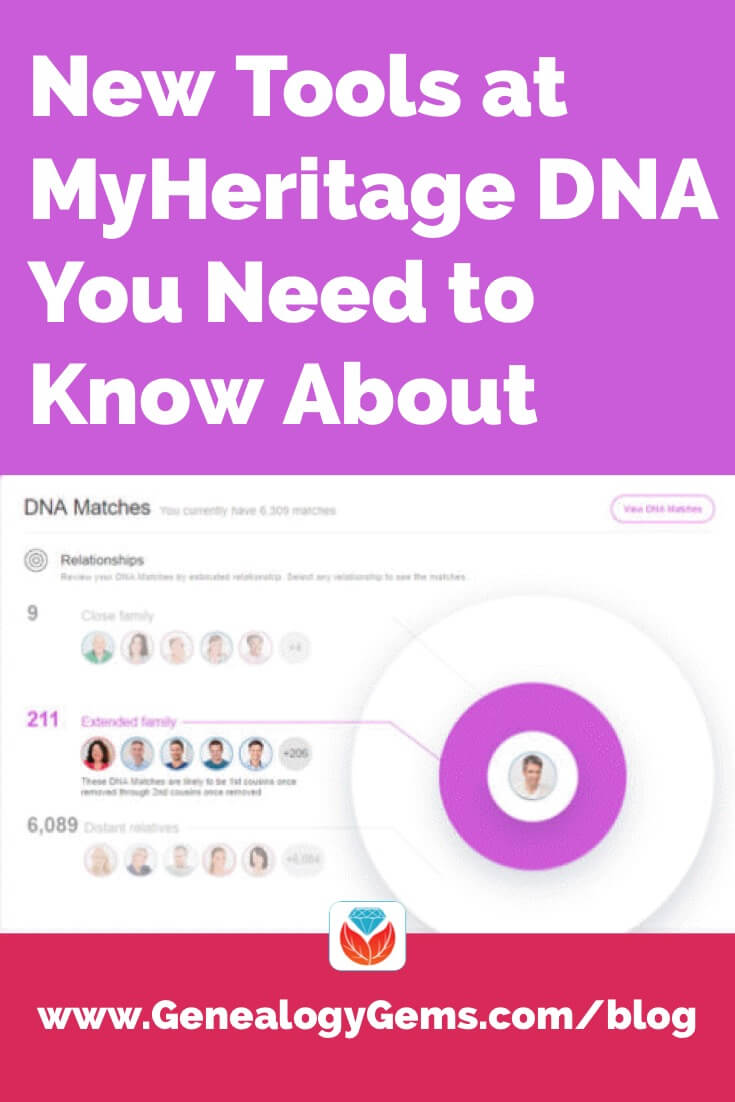 You’ve taken your DNA test for genealogy and anxiously waited for your results. When they arrive, you dive into the ethnicity pie chart. Then matches start rolling in and it can become a little overwhelming to make sense of it all and the benefit it can provide to your genealogy.
You’ve taken your DNA test for genealogy and anxiously waited for your results. When they arrive, you dive into the ethnicity pie chart. Then matches start rolling in and it can become a little overwhelming to make sense of it all and the benefit it can provide to your genealogy.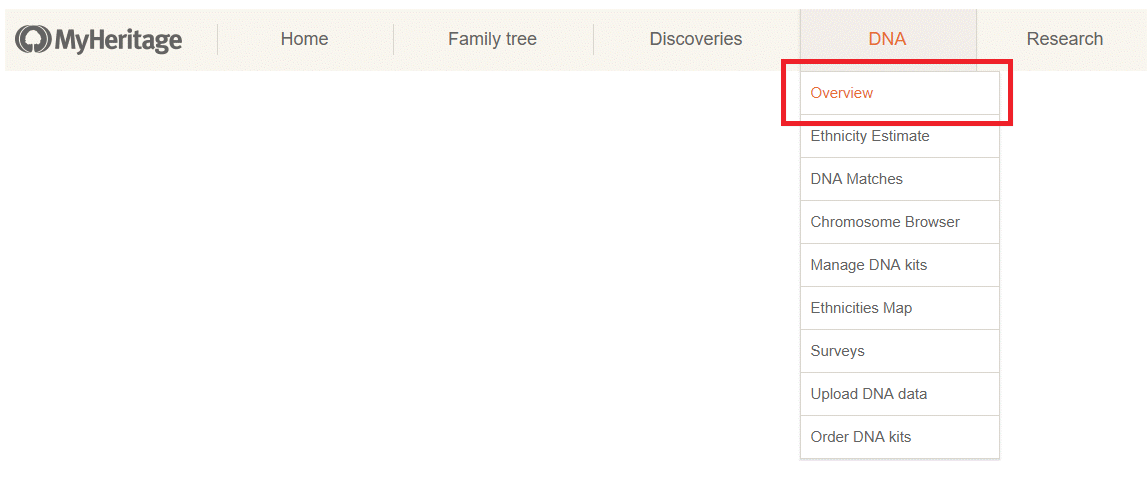
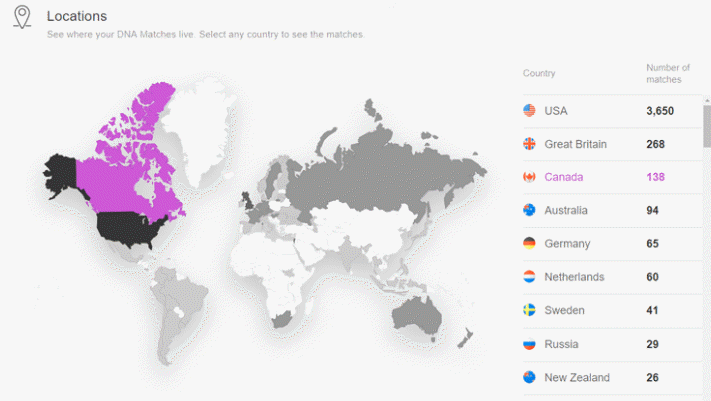
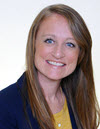
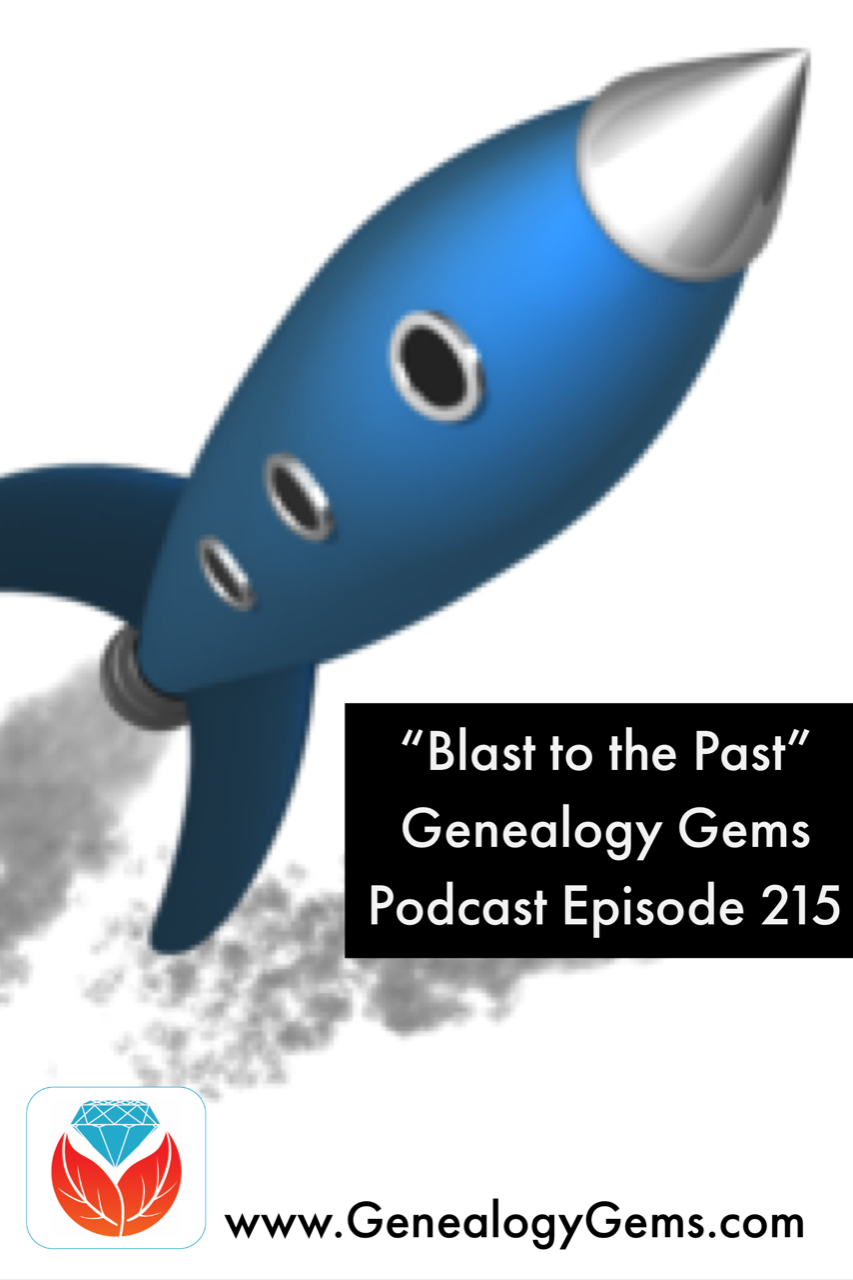 The Genealogy Gems Podcast
The Genealogy Gems Podcast